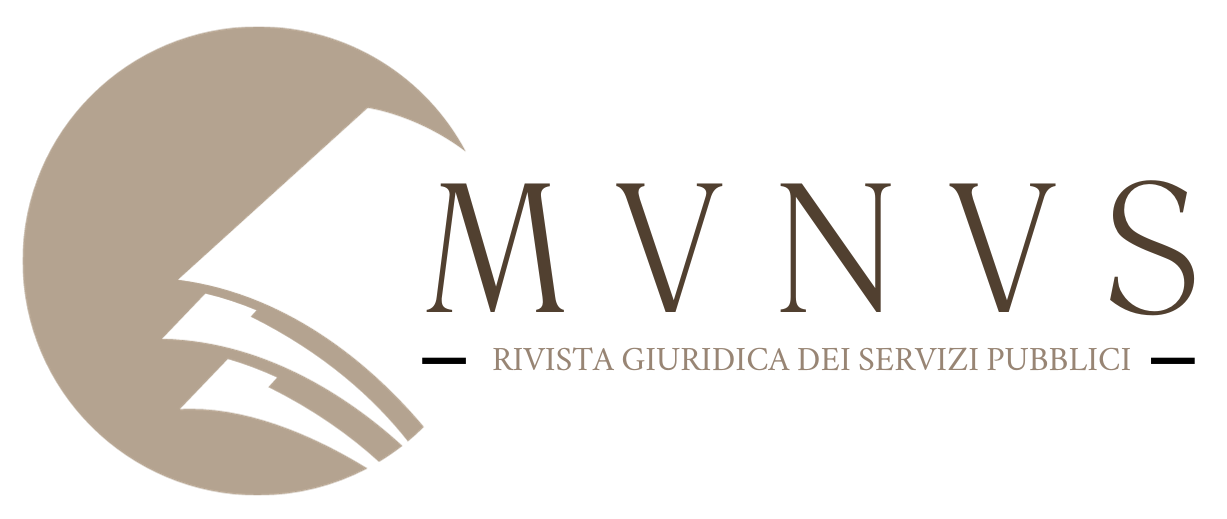Sommario:
1. Premessa.
2. I nuovi criteri guida per i controlli sulle imprese.
3. La trasparenza e il potenziamento dei controlli collaborativi.
4. La relazione tra il principio di trasparenza e le procedure di controllo: la peculiarità delle ispezioni.
3.1 La trasparenza nella fase pre-ispettiva.
3.2 La trasparenza nella fase di accesso ai luoghi.
4. La relazione tra il principio di trasparenza e le procedure di controllo: criticità.
5. Conclusioni.
Abstract:
The paper describes the relation between the transparency principle and administrative controls on privately-owned companies. The analysis is inspired by some of the provisions set out in the Italian Code of Transparency (adopted by Legislative Decree no. n. 33/2013, and it questions if the application of the principle of transrency may affect the single steps of the audit proceedings. It is argued, in particular,that transparency, intended as dissemination of information and data to the public in accordance with the new Code, is functional to a more effective initial phase, including preliminary investigations, in audit proceedings. The article shows that the code of transparency, however, does not affect the performance of the control phase, nor on that of his reporting. In this field, there is still the need to make explicit at companies the powers granted to inspectors with respect to the individual access, as well as the specific object of control. Moreover, the results of inspections should be subject to publication, especially in cases where related to events of major importance for the public and the social dimension. Hence, it could be inferred the need to balance the matter to the full accessibility with the level of transparency applied to the control procedures and to the production, publication and disclosure the results of control. This is an important decision that could result in harm to the interests of companies and of third parties involved in the administrative action.
